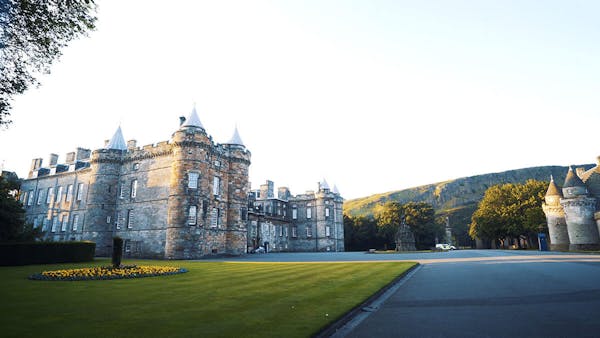THE SINGULAR VISION OF JOHN KNOX
The Reformation was marked as much by needless war and bloodshed as it was by the overturning of spiritual error. Wishart was dead but God was soon to raise up another man in his place; his name was John Knox.
When they heard that George Wishart was dead a group of his Protestant friends, led by Norman Leslie, stormed the castle at St. Andrews and executed Cardinal Beaton. They then proceeded to hang his body out of a window of the castle. Beaton was executed in May 1546 which was a tenuous year for the Reformation across Europe. It was the year that Luther died and Europe experienced the onset of bloody religious wars in Germany, France, and The Netherlands. Perhaps Leslie and his counterparts drew inspiration from what was happening around them. Whatever the cause might be the reality is that the kingdom of God is never planted under the shadow of military revolution, it is planted in the seedbed of the spiritual revolution of the heart. Many of the Protestants in Europe needed to learn that lesson in the 16th Century and so do we.
In the aftermath of Beaton’s death, the first Protestant church service was held at St. Andrews, it was a paltry victory won at the expense of Christian principle. The death of Hamilton and Wishart did more for the advancement of the Reformation than the murder of Beaton, in fact, the murder of Beaton set the work back considerably. But the truth is able to triumph even in the face of the most daunting human intervention and God raised up John Knox as a messenger to carry the truth forward in Scotland.

